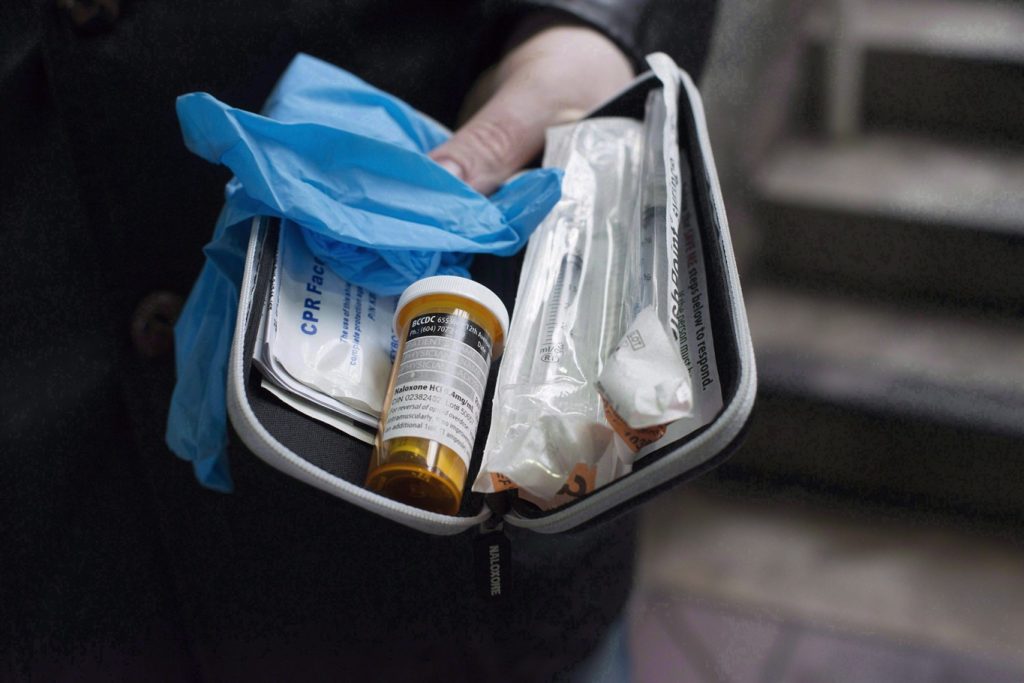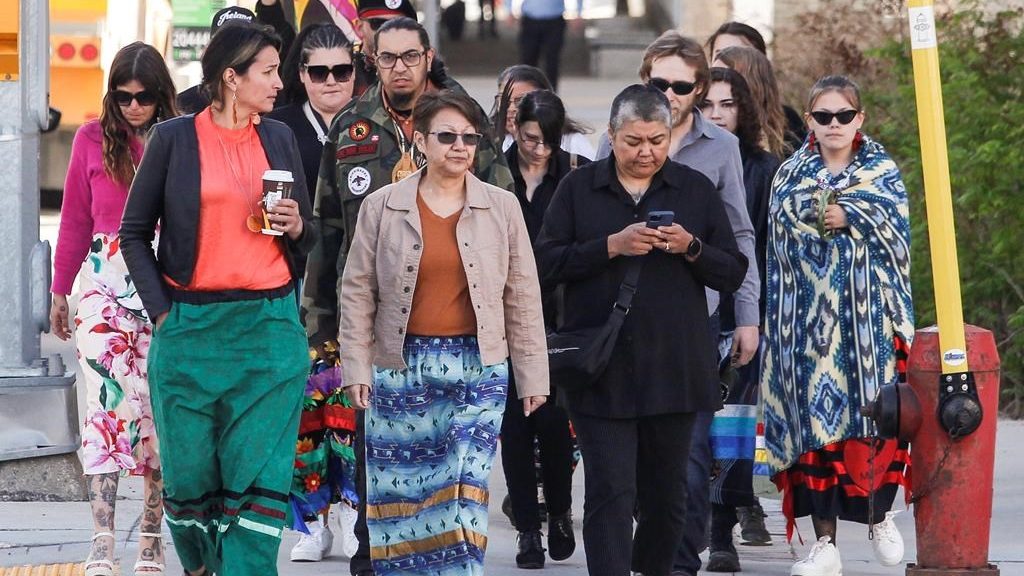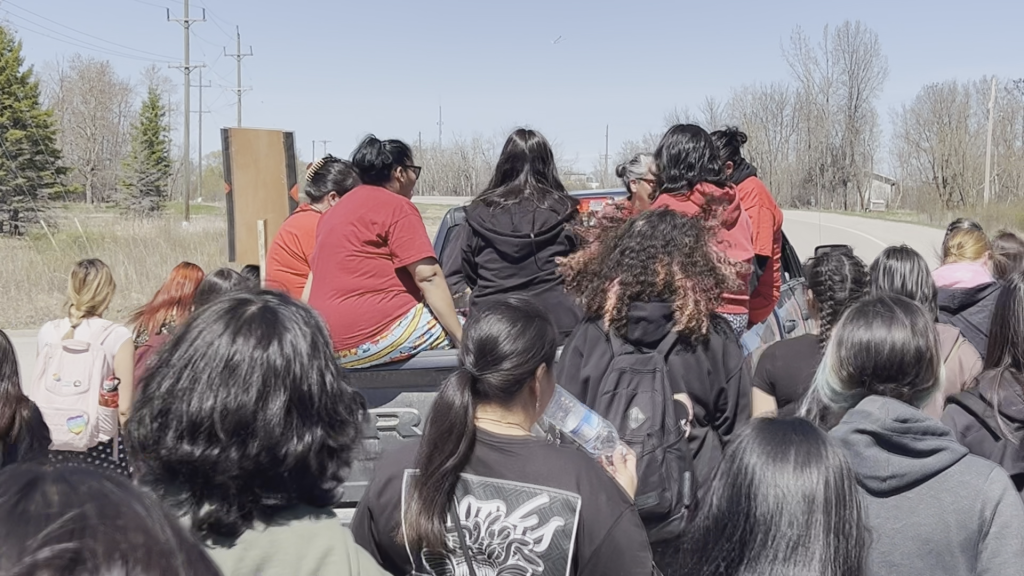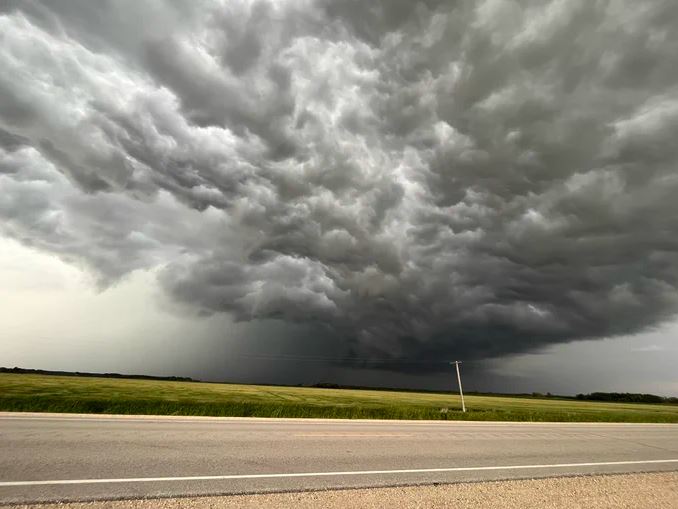Winnipeg paramedics get 183 drug-poisoning calls requiring naloxone in July – up 69% from 2022
Posted July 19, 2023 6:23 pm.
Last Updated July 19, 2023 6:27 pm.
Harm-reduction advocates in Winnipeg say the province is failing when it comes to reducing drug-related deaths, as paramedics in the city respond to an escalating number of drug toxicity calls.
The Manitoba Health Coalition is calling on the Manitoba government to do more after a substantial increase in drug-poisoning incidents in the first two weeks of July this year compared to 2022.
“It doesn’t matter if you are a hardened drug user or if you are experimenting with drugs the first time, the potential is there for overdose and death, just because of the toxicity of the drugs that are on the streets right now,” said Thomas Linner, the coalition’s provincial director.
“The drugs on the streets now are different from even the drugs that were on the streets 10 years ago.”
Data from the City of Winnipeg shows the Winnipeg Fire and Paramedic Service responded to 183 calls that required the use of naloxone between July 1 and July 16 – compared to 108 during the same period last year.
“Going back to about 2016, that’s when we started to see a significant increase,” said Cory Guest, the WFPS public education coordinator. “I have been saying that unfortunately for a number of years. I can say month-to-month, our incident count and the toxicity and the lethality of the drugs we are seeing is on the rise, for sure.”

A naloxone overdose reversal kit is shown in Vancouver, Friday, Feb. 10, 2017. (THE CANADIAN PRESS/Jonathan Hayward)
Calls for safe consumption sites
It’s why the Manitoba Health Coalition is now calling on the provincial government to allow safe consumption sites in the province.
“The government’s opposition to safe consumption sites is purely ideological,” said Linner. “The evidentiary case has been more than made.”
Safe consumption sites allow people to test and use already acquired drugs under the supervision of trained staff in a bid to reduce overdoses related to tainted drugs.
Manitoba is an outlier; it’s the only province in Western Canada that doesn’t have a single supervised consumption site.
“There’s been an increased stress on staff who are in situations of saving lives that they weren’t normally trained to do and weren’t supposed to be doing in their daily work,” said Cynthia Drebot, the executive director of the North End Women’s Centre.
READ MORE:
- Southern Chiefs’ Organization launches harm reduction campaign
- Winnipeg running low on life-saving drug Naloxone
- New dispensing machines to deliver harm reduction supplies in Manitoba
- Advocates release drug overdose data after province fails to do so
- Manitoba NDP delays Addictions Services Act until fall
“We don’t have supervised consumption sites and yet we are experiencing a lot of overdose situations in this province,” added Kim Bailey, the director of prevention, testing and wellness at the Nine Circles Community Health Centre.
According to Health Canada, there were four million visits to safe consumption sits between 2017 and March 2023, with nearly 70 per cent of the substances consumed containing opioids like fentanyl.
Zero deaths were reported at those facilities during that period.
RELATED: Federal government monitoring Naloxone shortage in Manitoba
CityNews reached out to the province regarding harm reduction and the lack of safe consumption sites in Manitoba, but they did not immediately respond.
The WFPS says in order to find solutions, reducing the stigma around substance abuse is key.
“People that live in neighbourhoods that can hide their addiction in their big fancy home and if you pass somebody on our streets, self-reflect and ask yourself how do you view that person. What is your bias, do you have a bias? Everybody has a story,” said Guest.








